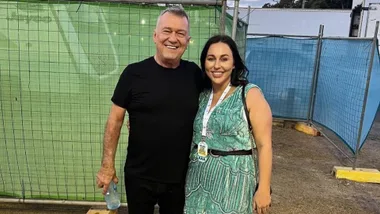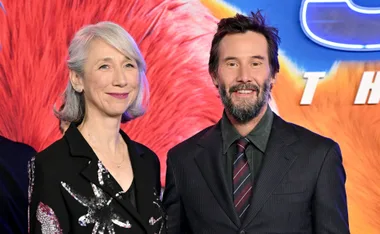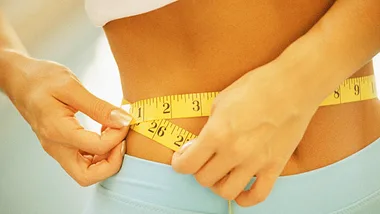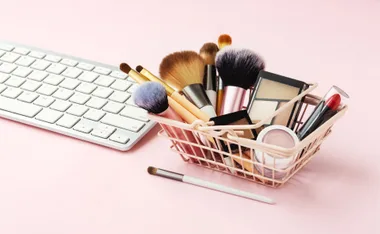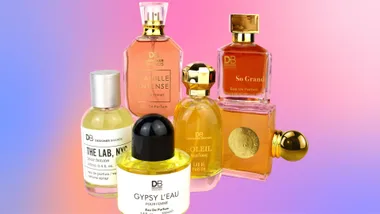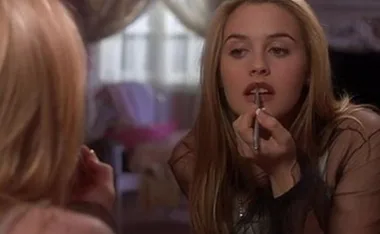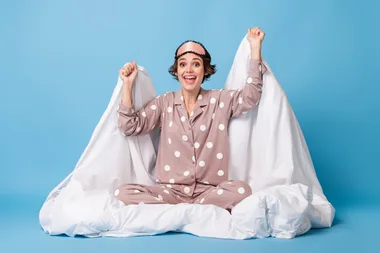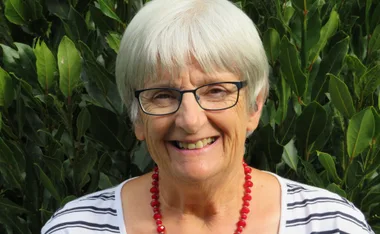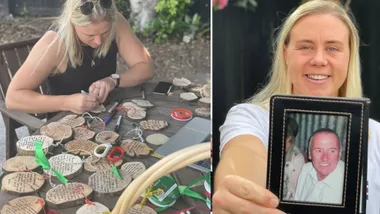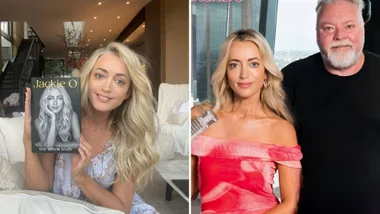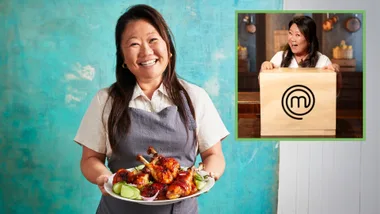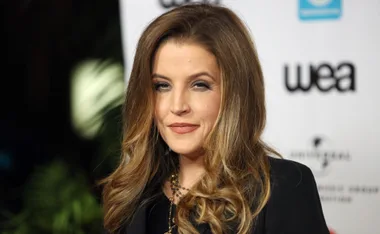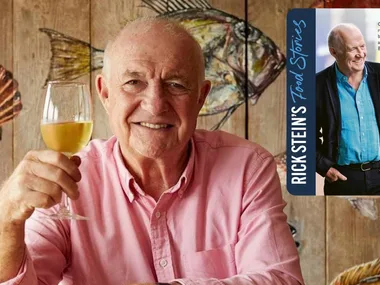The first time I set foot in Vail, Colorado, it was in the depths of USA Winter 2004.
Its cobbled streets were lined with snow, the village twinkled with Christmas tree lights (never mind it was the middle of January), and the welcoming smiles of the locals warmed my heart so much that, despite sub-zero temperatures, thermals seemed superfluous.
I instantly felt a deep sense of belonging. This was the place I had always wanted to be.
I’ve visited every winter since then. Aside from enjoying Vail’s powdery slopes until my legs burned from skiing and my face hurt from smiling, each trip had a common theme, with the locals, whom I now count as lifelong friends, constantly telling me, “you will love it here in the summer!”
It took me until 2009 to make a summer trip there. To say that the beauty of the Colorado Rockies in summer blew me away would simply be understating their majesty.
Summer is equally as magic as winter, and totally captivating. Visiting at either time of year will guarantee you more fun that should legally be allowed.
So, summer or winter? It’s too hard for me to choose. I’ll just give you one piece of advice: the second you walk across Vail’s famous Covered Bridge, you will regret every second of your life that wasn’t spent there. Be prepared to get addicted!
Summer in Vail
Vail’s summers are like nowhere on earth — and it’s happening NOW, so don’t wait to book, as the deals are incredible (visit www.vail.com for more details).
The lush landscape comes alive with the twinkling leaves of Aspen trees, the crisp, invigorating air and the sound of the many lakes and rivers rolling through the Rockies.
While you might easily spend the day just taking in the views, there are so many thrill-filled activities to enjoy that you could spend a month and not have checked everything on your list.
Rafting and kayaking
Otherwise known as White Water Mecca, Vail offers Class I to Class V rafting day trips with Timberline Rafting Company. Experience the thrills of the Eagle, Colorado or Arkansas Rivers, then finish the journey with an outdoor barbecue on the river’s edge. Paddlers will love the river kayaking experience offered by Alpine Quest Sports. Riding the rapids of the Colorado River is an unrivalled experience, where Bald Eagles soar in blue skies above you and all manner of wildlife gaze at you from the river’s banks.
Hiking and Biking
Hiking and mountain biking on Vail Mountain is essential to your summer trip. You’ll discover views and vegetation so amazing you’ll think you’ve fallen into Alice’s Rabbit Hole. Hiking? Simply set foot at the base of the mountain and start walking. Those biking can catch the gondola up to any of Vail’s many picturesque biking trails. There are also more challenging descents for adrenaline-junkies.
Pack plenty of water and enough food to get you through the day. A bell or whistle will come in handy too, in case you happen across a bear. If you do, make it aware of your presence by ringing your bell, sounding your whistle, or making other sounds. Generally, bears retreat if they hear humans coming.
Cast Away
Gore Creek Fly Fisherman offers free casting clinics daily, so even novice fishermen and women can test their skills. The more experienced angler can consider casting in a pristine alpine lake, wading a Gold Medal stream, or floating one of several scenic rivers into the remote wilderness.
Giddy Up
Guided horseback tours are one of the most relaxing ways to see Vail Mountain. Meander up and around Game Creek Bowl, where you take in the summer surrounds and marvel at mountain’s vast beauty.
Rock Climbing
Rugged alpine peaks surround Vail and seasoned climbers have access to top-rope and multi-pitch routes throughout the valley. Beginners can hit the climbing walls or have a guide take them up. You can cut your climbing teeth at the Lionshead climbing wall at the base of the Gondola or on the indoor climbing wall at the Vail Mountain Lodge and Spa.
Sunday Markets
Every Sunday, the streets of Vail village are alive with a fresh produce, arts and crafts market. Many of the village restaurants take the opportunity to buy the ingredients for the evening’s menu from here, so be sure to make a booking! Also take note that legendary Nobu restaurant is set to open its doors there any time soon, right in the lush new Solaris complex in the centre of town, which also boasts a five-star bowling alley and luxury movie theatre!
Less active pursuits
No matter what season you visit Vail you will always find lively bars, unrivalled restaurants, and accommodation for all budgets, indulgent spa choices and incredible shopping.
Aprés
Vail has more watering holes than you could shake a swizzle stick at. The new Tavern on the Square at the Arrabelle at Vail Square is spacious, friendly and fun, with a list of apré’s-hour cocktails and snacks as long as lift queues on powder day.
Other favourites include The Red Lion in Vail Village for the best margaritas this side of Mexico, and Vendetta’s, a favourite spot for Vail Ski Patrollers and home of the best pizza slice in the village.
Down the street and over the Covered Bridge, stop at The George, a basement-level sports bar with great Happy Hour deals.
For a more subdued atmosphere, head to the Marketplace on Meadow Drive, where friendly bartender Rob will whip you up a cocktail and keep you entertained with stories of locals all night long.
Frost at the Sebastian Hotel is a New York style cocktail bar, offering trendy new concoctions, as is the bar at Bol, the village’s funky new five star bowling alley.
Savour
Vail boasts diverse restaurants for every budget. Nearly all of its restaurants have organic, locally produced options with many menus offering low-fat, low-carb, low-cholesterol options.
Don’t miss Centre V at the Arrabelle at Vail Square, for heavenly French cuisine and seafood that is shipped in daily.
La Bottega on East Meadow Drive in Vail Village serves mouth-watering Italian, as does Campo Di Fiori across the way.
Kelly Liken offers seasonal American fare made lovingly with locally produced and cultivated products.
Equally as tasty, yet not as pricey, Sweet Basil in Vail Village is a Zagat-rated restaurant offering modern American cuisine with Mediterranean, Italian and Asian influences.
The Montauk Grill at Lionshead Village has seafood to salivate over, while Moe’s BBQ is a local legend — queue up early at lunchtime to be sure not to miss the daily specials.
Octillo Prime at The Marriott in Lionshead Village serves hearty steaks and chops for dinner, offering equally as tasty meals for breakfast and lunch.
A great lunch venue is Mezzaluna, which is slope-side in Lionshead Village. Choose from either over-sized tasty pasta dishes, or Italian-style pizza.
Spend Up
Shopaholics will love Vail’s art galleries, clothing and ski stores. The Golden Bear is a favourite jewellery store — its signature bear charm is as synonymous with the Vail Valley as Tiffany’s Elsa Peretti Coffee Bean is with Manhattan.
If you’ve made it to Minturn, stop by the newly opened Jayded, a fashion boutique that stocks Mek denim and affordable men and women’s clothing.
Definitely stop by the neighbouring town of Silverthorne and lose a day at the Outlet Mall, which boasts designer brands including the Gap, Coach, Calvin Klein, Nike, Osh Kosh, Nine West and Timberland.
Entertainment
Vail is an entertainment epicenter, with some of the biggest names in showbiz dropping by to perform. Everyone from Ben Harper, Stephen Marley, the Black Eyed Peas, Train, Counting Crows and the New York Philharmonic Orchestra have graced a stage and thrilled audiences at Vail, generally (but not always) for free admission.
Spa Time
A trip to Vail would be incomplete without a spa experience. Book in for a Vin Chaud (Hot Wine) Indulgence at the The Spa at the Arrabelle at Vail Square.
The 105-minute pampering session includes full body exfoliation, heated wrap and a full body vino-therapy massage and mini facial. As you float out to the relaxation room, you’re presented with an oversized glass of red wine and a serving of sorbet, exactly how every spa treatment should end.
Over at the The Golden Leaf Spa at the Marriott, the Pumpkin Pie Body Mask proves a deliciously warming end to any day, while the Signature Moor Mud Remedy at the Vail Mountain Lodge and Spa is a must to relieve mountain-weary muscles.
Stay
The Vail Marriott Mountain Resort and Spa, is just minutes walk to the Eagle Bahn gondola at Lionshead and directly on the free village shuttle route. It has a true Five-Star feel, but without the price tag.
The Arrabelle at Vail Square is slightly more expensive, but has a seconds-to-the-slopes location and beds that feel as though you’re sleeping on clouds; as does the Lodge at Vail, which is in the heart of Vail’s beautiful village and seconds to the Vista Bahn lift and mountain access.
A favourite of this author though, is boutique hotel Austria Haus. It’s located just seconds from Vail’s bustling Bridge Street, but t offers privacy, cosiness and the friendliest staff of any hotel I’ve ever stayed in, anywhere in the world.
For more information, bookings and holiday packages, visit www.vail.com .
Newsletter conversion description. Get the latest in your inbox.




